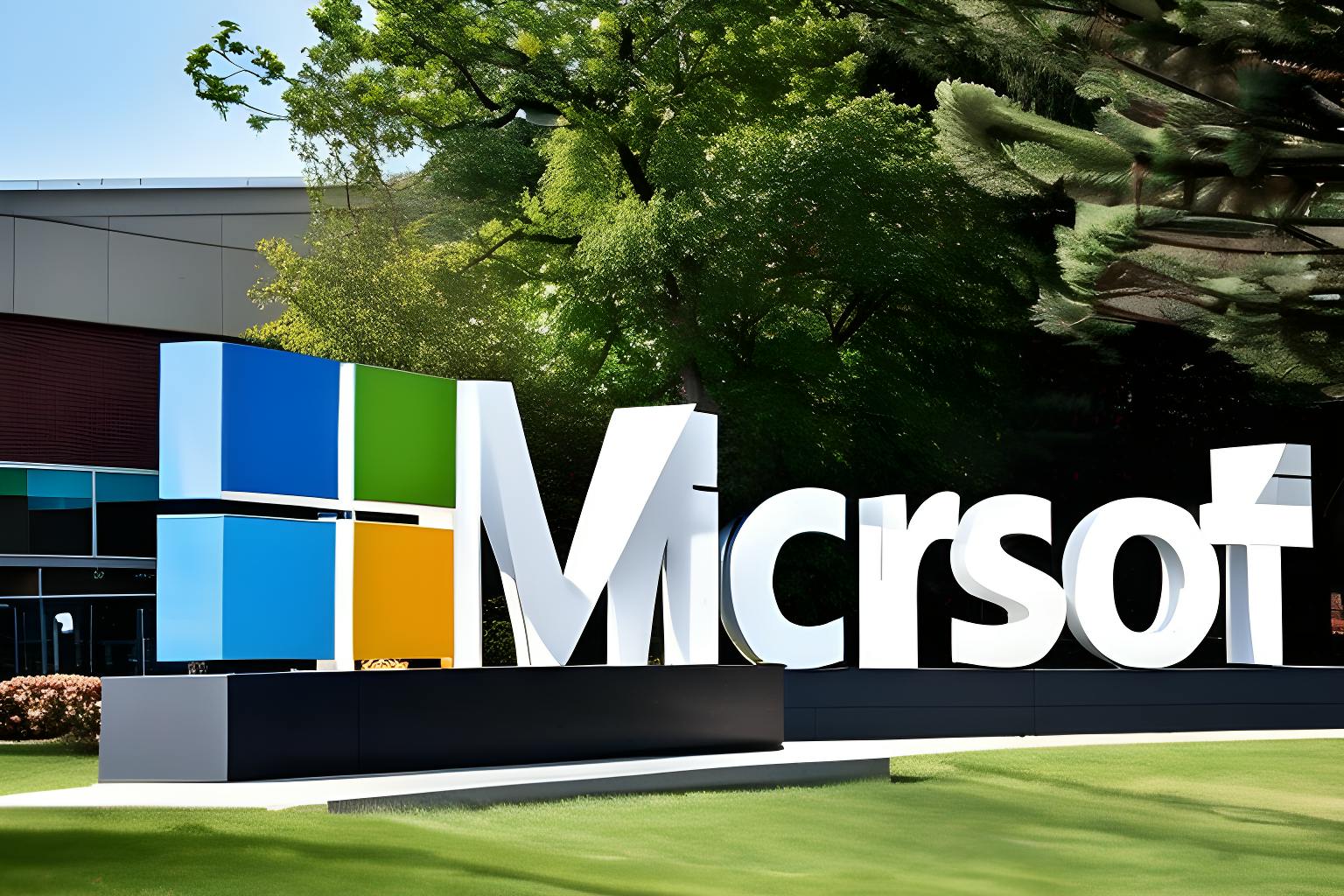United States Of America. v. Microsoft Corporation Court Filing by Thomas Penfield Jackson, November 5, 1999 is part of
VII. THE EFFECT ON CONSUMERS OF MICROSOFT’S EFFORTS TO PROTECT THE APPLICATIONS BARRIER TO ENTRY
- The debut of Internet Explorer and its rapid improvement gave Netscape an incentive to improve Navigator’s quality at a competitive rate. The inclusion of Internet Explorer with Windows at no separate charge increased general familiarity with the Internet and reduced the cost to the public of gaining access to it, at least in part because it compelled Netscape to stop charging for Navigator. These actions thus contributed to improving the quality of Web browsing software, lowering its cost, and increasing its availability, thereby benefitting consumers.
- To the detriment of consumers, however, Microsoft has done much more than develop innovative browsing software of commendable quality and offer it bundled with Windows at no additional charge. As has been shown, Microsoft also engaged in a concerted series of actions designed to protect the applications barrier to entry, and hence its monopoly power, from a variety of middleware threats, including Netscape’s Web browser and Sun’s implementation of Java. Many of these actions have harmed consumers in ways that are immediate and easily discernible. They have also caused less direct, but nevertheless serious and far-reaching, consumer harm by distorting competition.
-
By refusing to offer those OEMs who requested it a version of Windows without Web browsing software, and by preventing OEMs from removing Internet Explorer — or even the most obvious means of invoking it — prior to shipment, Microsoft forced OEMs to ignore consumer demand for a browserless version of Windows. The same actions forced OEMs either to ignore consumer preferences for Navigator or to give them a Hobson’s choice of both browser products at the cost of increased confusion, degraded system performance, and restricted memory.
By ensuring that Internet Explorer would launch in certain circumstances in Windows 98 even if Navigator were set as the default, and even if the consumer had removed all conspicuous means of invoking Internet Explorer, Microsoft created confusion and frustration for consumers, and increased technical support costs for business customers.
Those Windows purchasers who did not want browsing software — businesses, or parents and teachers, for example, concerned with the potential for irresponsible Web browsing on PC systems — not only had to undertake the effort necessary to remove the visible means of invoking Internet Explorer and then contend with the fact that Internet Explorer would nevertheless launch in certain cases; they also had to (assuming they needed new, non-browsing features not available in earlier versions of Windows) content themselves with a PC system that ran slower and provided less available memory than if the newest version of Windows came without browsing software.
By constraining the freedom of OEMs to implement certain software programs in the Windows boot sequence, Microsoft foreclosed an opportunity for OEMs to make Windows PC systems less confusing and more user-friendly, as consumers desired. By taking the actions listed above, and by enticing firms into exclusivity arrangements with valuable inducements that only Microsoft could offer and that the firms reasonably believed they could not do without, Microsoft forced those consumers who otherwise would have elected Navigator as their browser to either pay a substantial price (in the forms of downloading, installation, confusion, degraded system performance, and diminished memory capacity) or content themselves with Internet Explorer.
Finally, by pressuring Intel to drop the development of platform-level NSP software, and otherwise to cut back on its software development efforts, Microsoft deprived consumers of software innovation that they very well may have found valuable, had the innovation been allowed to reach the marketplace. None of these actions had pro-competitive justifications.
-
Many of the tactics that Microsoft has employed have also harmed consumers indirectly by unjustifiably distorting competition. The actions that Microsoft took against Navigator hobbled a form of innovation that had shown the potential to depress the applications barrier to entry sufficiently to enable other firms to compete effectively against Microsoft in the market for Intel-compatible PC operating systems. That competition would have conduced to consumer choice and nurtured innovation.
The campaign against Navigator also retarded widespread acceptance of Sun’s Java implementation. This campaign, together with actions that Microsoft took with the sole purpose of making it difficult for developers to write Java applications with technologies that would allow them to be ported between Windows and other platforms, impeded another form of innovation that bore the potential to diminish the applications barrier to entry.
There is insufficient evidence to find that, absent Microsoft’s actions, Navigator and Java already would have ignited genuine competition in the market for Intel-compatible PC operating systems. It is clear, however, that Microsoft has retarded, and perhaps altogether extinguished, the process by which these two middleware technologies could have facilitated the introduction of competition into an important market.
-
Most harmful of all is the message that Microsoft’s actions have conveyed to every enterprise with the potential to innovate in the computer industry. Through its conduct toward Netscape, IBM, Compaq, Intel, and others, Microsoft has demonstrated that it will use its prodigious market power and immense profits to harm any firm that insists on pursuing initiatives that could intensify competition against one of Microsoft’s core products.
Microsoft’s past success in hurting such companies and stifling innovation deters investment in technologies and businesses that exhibit the potential to threaten Microsoft. The ultimate result is that some innovations that would truly benefit consumers never occur for the sole reason that they do not coincide with Microsoft’s self-interest.
About HackerNoon Legal PDF Series: We bring you the most important technical and insightful public domain court case filings.
This court case Civil Action No. 98-1232 (TPJ) retrieved on 2-13-2023, from justice.gov is part of the public domain. The court-created documents are works of the federal government, and under copyright law, are automatically placed in the public domain and may be shared without legal restriction.

